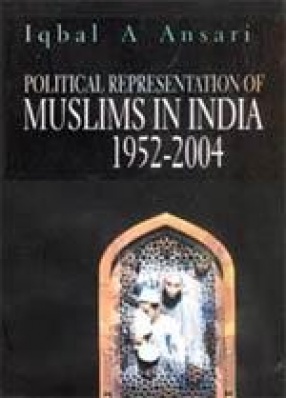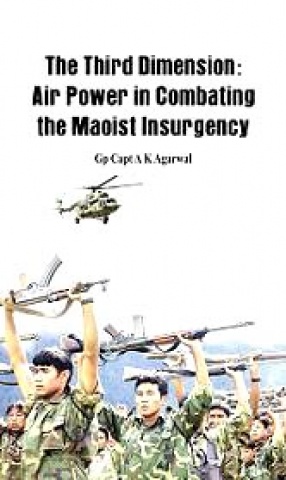There is a worldwide concern today for democracies to become inclusive, for reasons for political justice, as well as for their better national integration, especially for religious and ethnic minorities. The Indian freedom movement since 1920s showed awareness of the need of special measures to ensure due representation to religious minorities and Scheduled Castes and Tribes (SC & ST) in legislatures. In keeping with this consociational-affirmative model. The framers of the Constitution provided for population based quota of seals for minorities and SC & ST under joint electorate. In August 1947. However, lingering apprehensions about such provisions for religious minorities, caused by the Partition led to their scrapping in May 1949. While dispensing with the special provision for minorities, Nehru and Patel, among others, gave firm assurance to them, especially to Muslims, that even without Constitutional safeguard the majority community would not only be fair but generous to them, ensuring their due representation in legislatures. Unfortunately no review was ever undertaken to ascertain the causes of non-fulfilment of this promise which Nehru called ‘an act of faith’ and to identify the features of the electoral system, including constituency formation, which have resulted in persistent under-representation of Muslims from the first to the fourteenth Lok Sabha and all State Assemblies in varying degrees. The book is the first study on Muslim representation in the Lok Sabha and twelve State Assemblies from 1952 to 2004. It tries to identify the patterns of success and failure discernible from the analysis of data on constants and variables. The study comes to the broad conclusion that initially Muslim under-representation was caused by lack of political will of the Indian National Congress during the three elections of the first decade (1952-1962) to build a strong convention for due nomination of Muslim candidates, by practicing what it had promised. However, more abiding reasons of under0representation lie in the First-Past-The-Post system with single member constituency and the distribution patterns of Muslim population. The study recommends a broad range of measures within the present system as well as in any alternate system like some variant of the Proportional Representation (PR) system that can be adopted to ensure fair representation to Muslims without provision of any communal quota. Recommendations include provision of a given number of additional seals under People’s Representation Act, to be filled by best losers from among recognized categories like minorities, women and backward castes.
Democracy and Public Administration
$46.80
$52.00





There are no reviews yet.